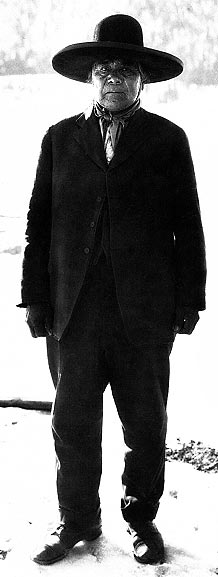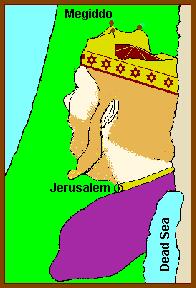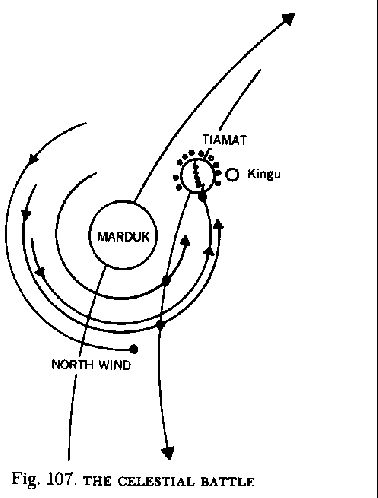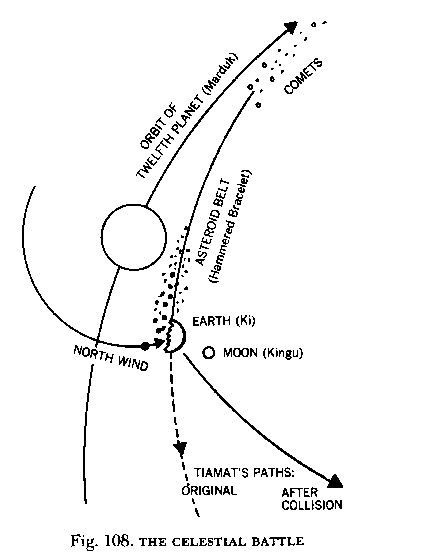THE
CASE OF THE LAYERED ASTEROID
Once
Again, Modern Science Corroborates Ancient
Knowledge
by Zecharia Sitchin
It
is not every day that I get an overseas call with someone shouting;
Congratulations!
But
it happened on Friday, February 18th 2000; and the reason was NASA's press
conference the day before, reporting the first findings by the spacecraft
NEAR (Near Earth Asteroid Rendezvous,) of its examination of the asteroid
Eros.
Potato-shaped
and about 21 miles long, Eros is one of countless bits and pieces of planetary
matter that orbit the Sun between Mars and Jupiter, collectively called the
Asteroid Belt. One theory is
that these are remains from the time when primordial matter around the Sun
coalesced into planets, but these bits and pieces failed to do
so. Another theory is that these
are remains of a planet that did form there, but that it somehow broke up;
the inability to explain how or why it broke up has been the reason why this
theory has not been embraced by scientists.
What NASA Announced
To learn more about
the origin of the asteroids, NASA launched NEAR four years ago (February
17, 1996) for the purpose of reaching and going into continuous orbit around
the asteroid named Eros; this was successfully achieved on St. Valentine's
Day, February 14, 2000.
And
the first findings. reported at a news conference on Friday February 17th,
triggered the congratulatory call to me; for they corroborated an ancient
cosmogony pieced together in my 1976 book The 12th
Planet.
“Eros
has an ancient, heavily cratered surface," reported Dr. Andrew Cheng, chief
project scientist. "There are
also tantalizing hints that it has a layered structure, as if it were made
up of layers, like plywood."
Such
stratified features, Dr. Cheng explained, could occur if the asteroid was
melted while it was part of a planet (quoted by Associated
Press Science News, 2/18/00-, emphasis by Z. S.).
What Sitchin
Said
In
The12th.Planet I asserted that an ancient Sumerian text, best preserved
in a later Babylonian version called Enuma Elish, which has been taken
by scholars to be an allegory or myth about gods fighting in the heavens,
was in reality a record of a sophisticated cosmogony dealing with the formation
of our solar system..
The
protagonists Tiamat and Nibiru (which the Babylonians renamed "Marduk" in
honor of their national god), I wrote, were not allegorical or mythical celestial
gods but actual planets -- one (Tiamat) that existed between Mars and Jupiter,
the other (Nibiru,/Marduk) an, invader from outer space that, passing by
our solar system and pulled in by the system's gravitational pull, ended
up colliding with Tiamat. In
this Celestial Battle (as the ancient text names the catastrophic event),
Tiamat broke up; one half of her was thrust into a new orbit to become Earth;
the other half was smashed in an infernal collision to become the “Hammered
Out Bracelet” (which we call the Asteroid Belt):
Nibiru
(Marduk) enters our solar system from outer space.
The
Sumerian cosmogony, Sitchin asserted back in 1976, offers the best explanation
for many enigmas in our solar system, among them the explanation for the
Asteroid Belt.
Now little Eros tells its robotic visitor from Earth:
Yes indeed, I was once part of a beautiful planet that broke up; yes,
I originated as a result of
a fiery collision, as the Sumerians described thousands of years ago; and
that is why I am layered!
And this, my friends is only the latest modern discovery
that corroborates the amazing ancient knowledge.
Reproduction is permitted if accompanied by the
statement.
© Z. Sitchin 2000
Reproduced by permission.































